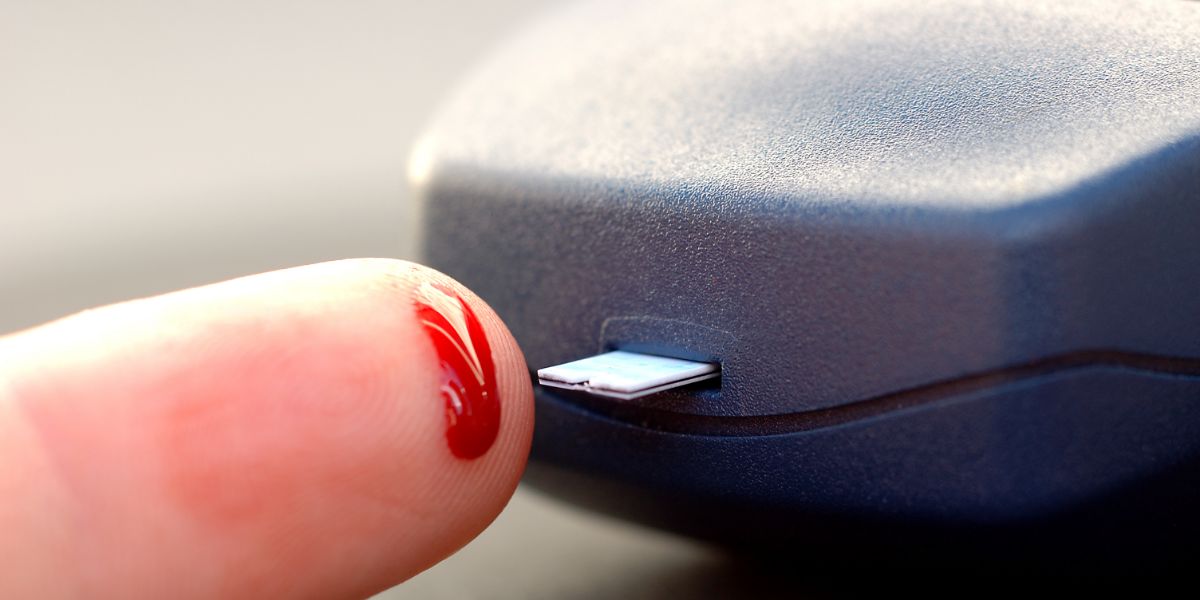After an intense workout, flopping onto the couch might seem like the best option. But many people swear by light movement after exercise to reduce soreness and speed up recovery. But does it actually work, or is it just another fitness trend?
The idea is that instead of stopping completely after exercise, doing any low-intensity movement afterwards like walking, cycling, or stretching can help your body recover faster. The key is to keep the effort light. If you can hold a conversation while doing it, you’re in the right zone.
Some also count light exercise on a rest day as active recovery, but here we’re talking about what you do immediately after a workout.
One of the main reasons people do active recovery is to help clear out waste products like lactate and hydrogen, which build up in muscles during exercise.
- Dementia risk reduced by exercise
- Brain function enhanced by good sleep and exercise
- 150 minutes of aerobic exercise key for significant weight loss
By keeping the body moving, these byproducts are more efficiently transported into the bloodstream or excreted.
Some studies suggest this can reduce muscle soreness and even improve certain aspects of performance, like how high you can jump, in the days after exercise.
Unlike ice baths, which can reduce inflammation (sometimes to the point of slowing down muscle growth), active recovery doesn’t seem to interfere with the body’s natural response to exercise. This means it won’t get in the way of progress. But not all research supports active recovery.
Some studies suggest it makes no real difference compared to simply resting. In fact, there are more studies showing no effect than there are showing clear benefits.
This could be because the way active recovery is tested varies so much. The time, intensity, and type of movement can all affect the results.
The benefits may also be quite small, meaning they don’t always show up in research, especially when the number of people studied is low.
That said, there’s no evidence that active recovery is worse than resting completely. At worst, it does nothing, and at best, it could give you a slight edge.
For some people, active recovery might be more useful than for others. If you have multiple workouts or competitions close together, it might help you feel better for the next one.
It could also be useful for endurance athletes, like those training for marathons, who need to be ready for another long run the next day. But if you have more than 24 hours before your next session or your workout wasn’t particularly intense, there’s probably no real need for active recovery.
- Regular exercise slows biological aging in people with type 2 diabetes
- Lower blood pressure associated with 5 minutes of extra exercise a day
- Academics highlight approaches to lower blood sugar after exercise
The good news is that if you do choose to include it, you don’t have to do much. Research suggests just six to 10 minutes of light movement is enough to be effective. It doesn’t seem to matter exactly what you do, as long as it’s gentle and keeps you moving.
So, is active recovery worth it? It’s not a magic fix, but it can be a useful tool, especially if you train regularly or have little time to recover between sessions.
It won’t harm your progress, and for some people, it might offer slight benefits. If it makes you feel better after a workout, it’s worth doing. But if you’d rather put your feet up, you’re probably not missing out on much.







